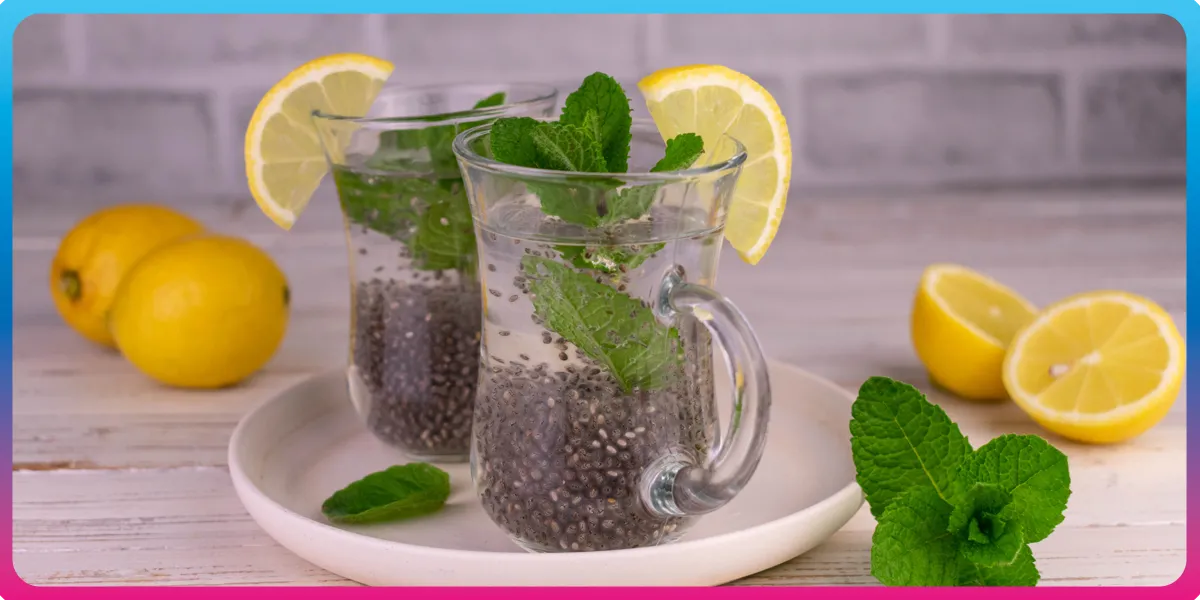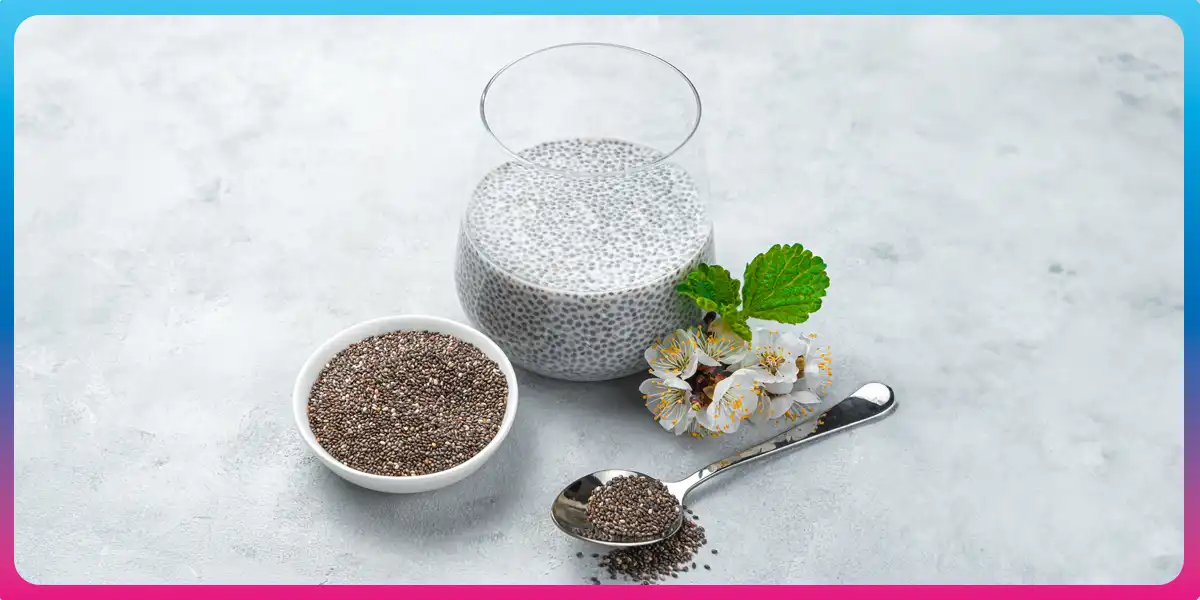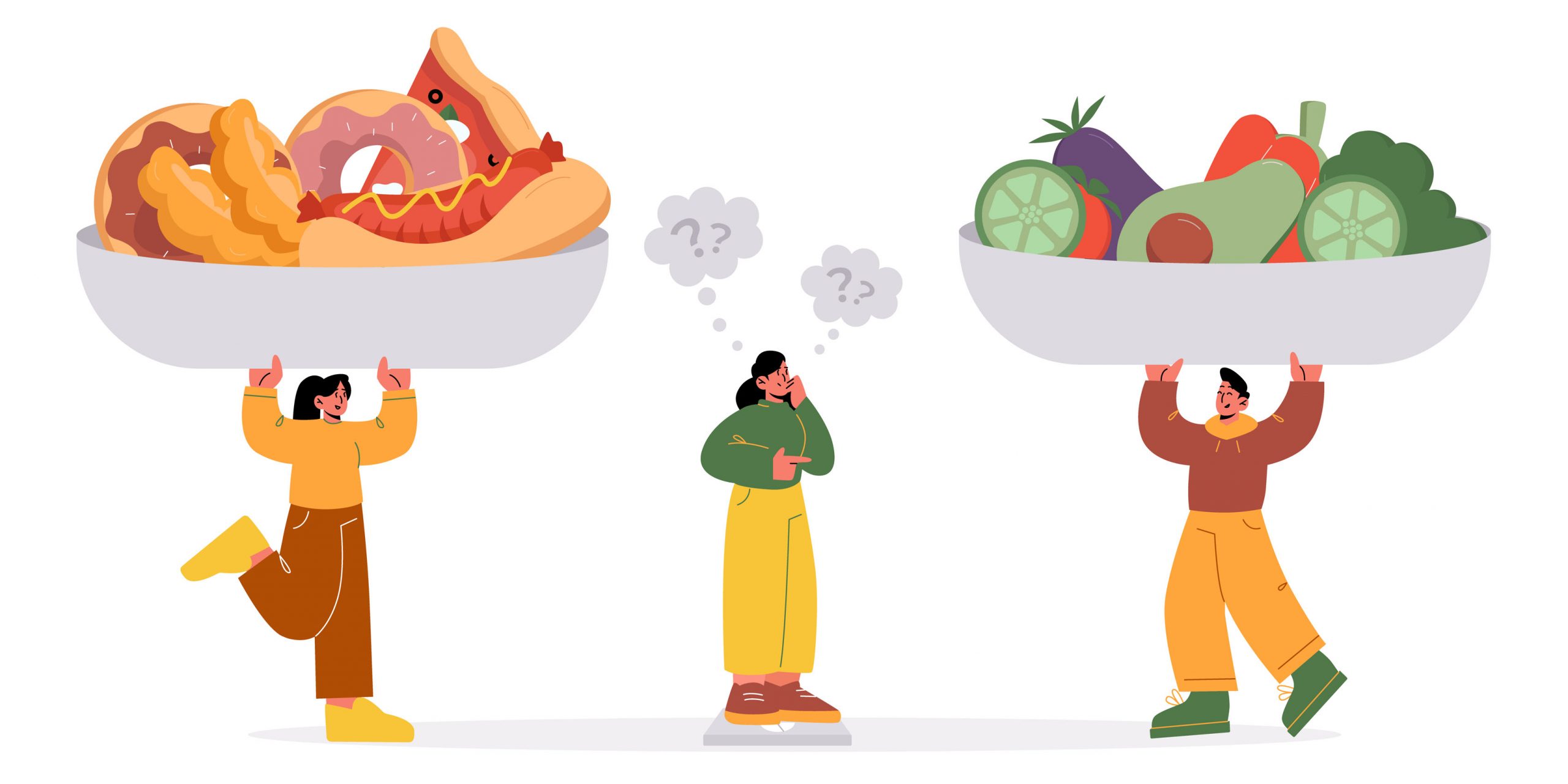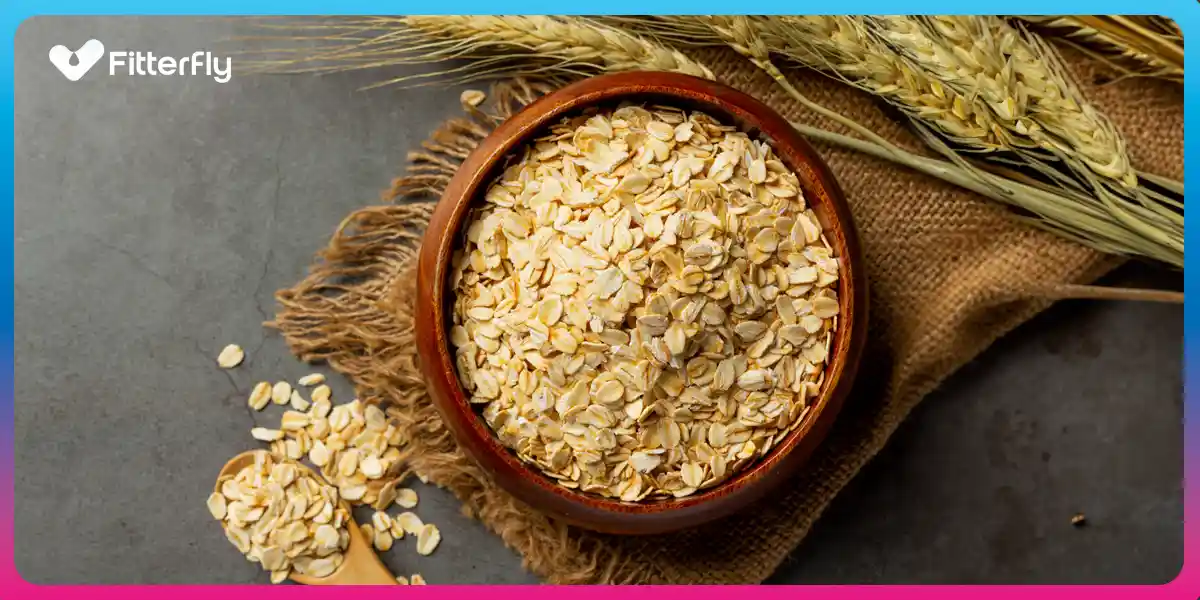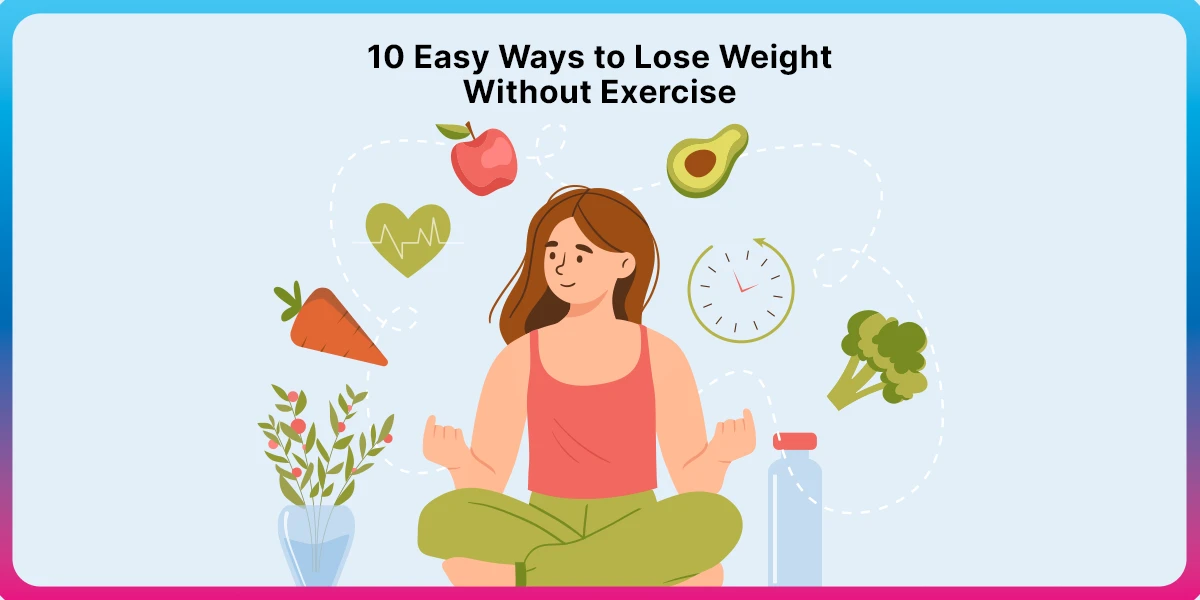How to Control Diabetes With Indian Food?
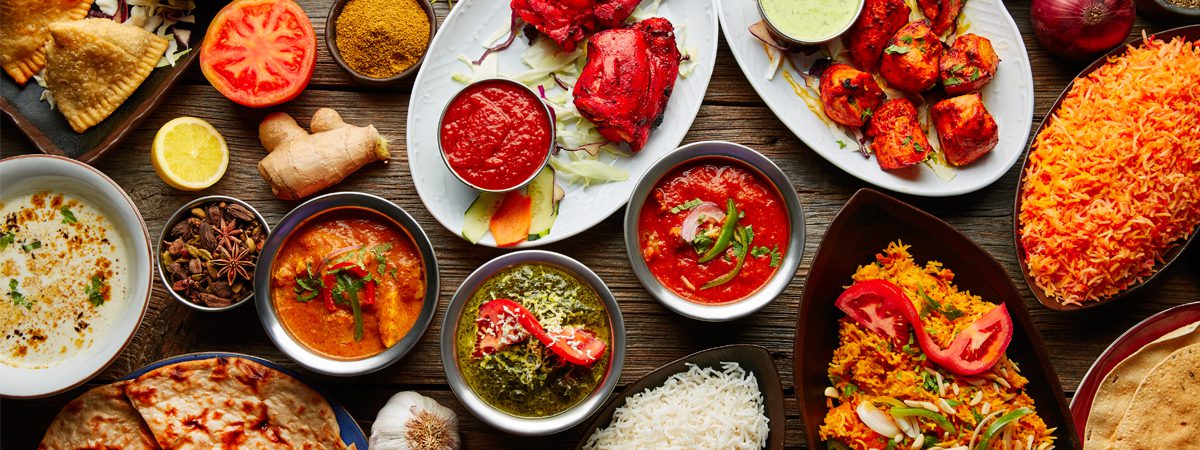
Manage diabetes with healthy Indian food
Indian cuisine has a global reputation of being diverse and highly flavourful. Thanks to a huge chunk of the population being vegetarian, our daily meals have an assimilation of many grains, legumes and vegetables. Your average Indian meal could be a great way to manage type 2 diabetes without having to spend money on fancier, non-local alternatives. Let’s find out how.
The pulse power
One of the best things about Indian food is its incorporation of lentils and pulses in an average day-to-day thali in almost every Indian household. Pulses have a low glycemic index and make for a filling meal. To make the most of your daily dal consumption, soak the lentils for at least an hour before cooking. This not only reduces the cooking time but also helps you avoid flatulence. You can choose from a wide variety: Moong, Arhar, Chana, Masoor, Moth, Urad, Chhola, Matar, etc. Try to include the whole pulse or the non-skinned version of these dals more to increase the soluble fiber content in your diet.
Millets
Whole grains are more fibrous and have more nutrients than refined white grains. This is one area where major tweaks are needed because the majority of the country, especially the urban populace, is heavily dependent on wheat and white rice for its carbohydrate needs. We need to include more regional grains like millets – Jowar, Ragi, Bajra, Kuttu. These used to be a part of our thalis until the Green Revolution. It is high time we bring them back in our diet. These grains have a lower glycemic index and are rich in iron, magnesium, potassium and other important minerals and nutrients. Feather on the cap? They are gluten-free! Rotis and parathas made of multigrain flour is a much healthier option.
You can replace white rice with unpolished brown rice or Daliya (broken wheat). Daliya makes for a good breakfast alternative. You can also make it into a Khichdi with Moong Dal. A comforting Bajra Khichdi is another healthier option.
Seasonal, non-starchy, leafy vegetables
In-season and regional leafy greens are bountiful in our country. Palak (Spinach), Sarson (Mustard leaves), Methi (Fenugreek leaves), Bathua (Chenopodium album), Kulfa (Purslane), Sahjan (Moringa) are full of iron, calcium, magnesium, zinc and what not! They can be prepared in negligible cooking time and don’t always need elaborate preparations to taste good. Palak Paneer is a good example, provided that you do away with the usual dollops of cream, ghee and fried paneer cubes. Made with blanched spinach leaves mulched into a coarse puree, with fresh paneer cubes, is a much healthier version. You can even make simple dry bhajis with other leafy greens combined together in minimal oil, with just some garlic, salt, turmeric and red chili powder.
Other non-starchy vegetables like bottle gourd, bitter gourd, cabbage, cauliflower, pumpkin, eggplants, carrots, peas are a good, easily and locally available source of much needed nutrients that help you control diabetes. Just be mindful of how you prepare them – switch from heavy frying or grilling to steaming, blanching, parboiling. It is a much better option to pressure cook your veggies and then add a tadka to them in your everyday cooking.
Essential fats and proteins
Paneer is one of our best heirlooms. Making fresh paneer at home is quite easy. You can add it to salads, make a healthy bhurji out of it, and eat it on its own with just salt and pepper. While making a gravy dish, avoid adding other dairy products like milk and cream, and nut-puree. Paneer tastes rich on its own. You can have a flavourful curry in little oil and with basic spices.
When it comes to cooking mediums, cold-pressed oils need to be our go-to choice. Mustard oil has a high smoking point and is anti-inflammatory. Same is with ghee. Sesame oil, sunflower oil, groundnut oil are some other good options that provide you with essential fats and keep inflammation at bay. Coconut oil is also a good option as it has a low glycemic index and is a rich source of unsaturated fats. However, even with all these benefits, one should be mindful of oil consumption and keep it moderate.
This blog provides general information for educational and informational purposes only and shouldn't be seen as professional advice.


 References
References